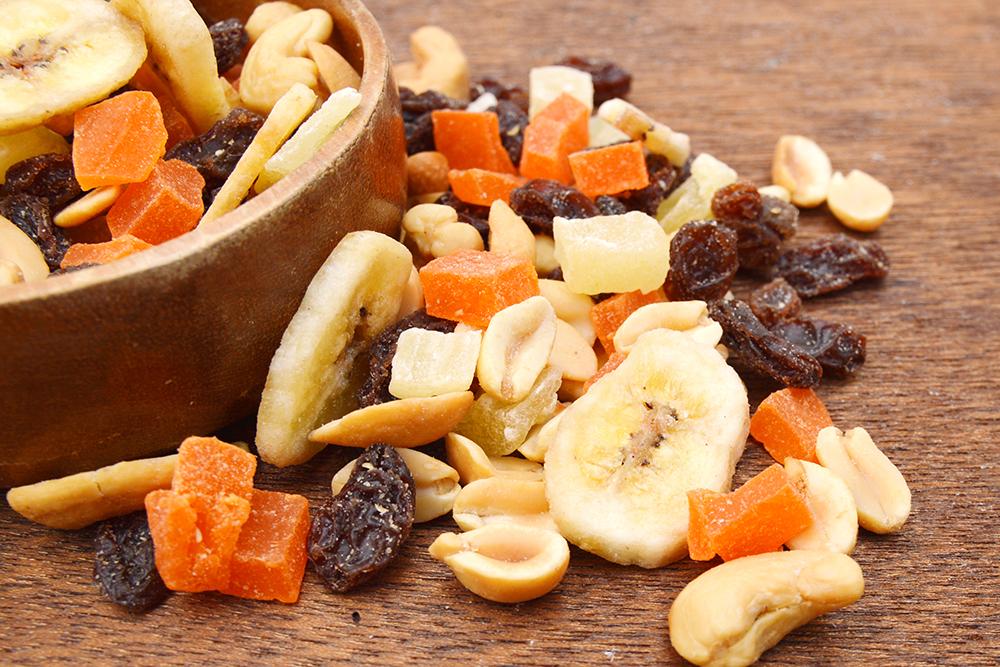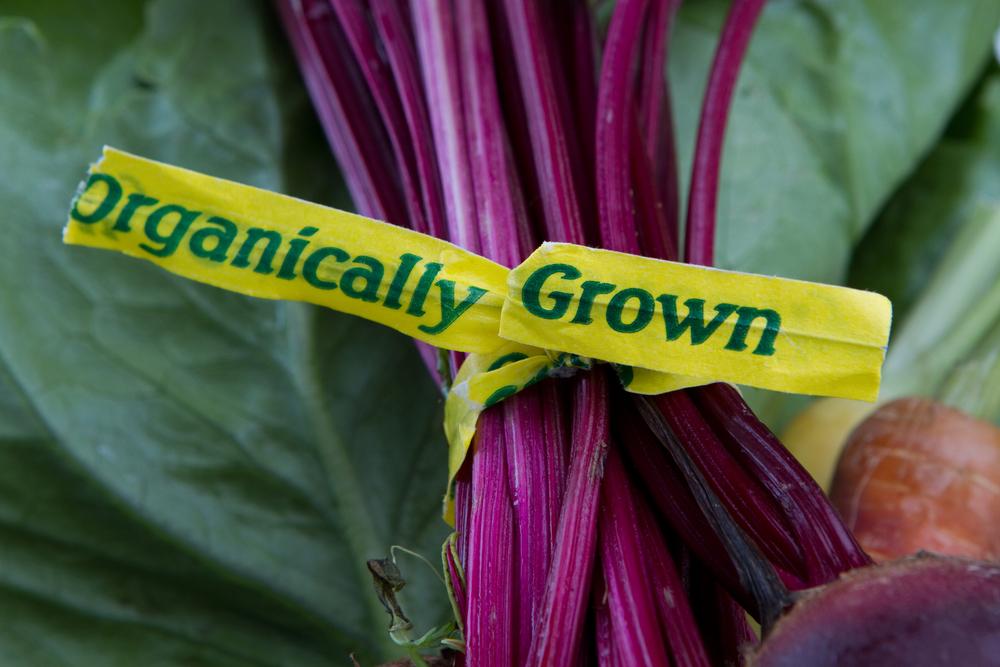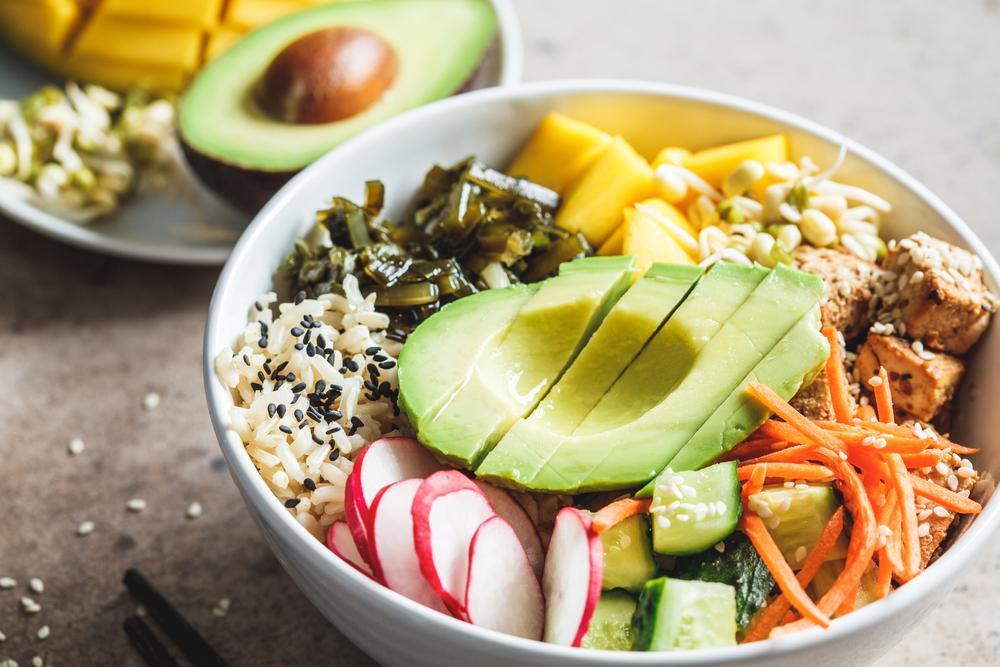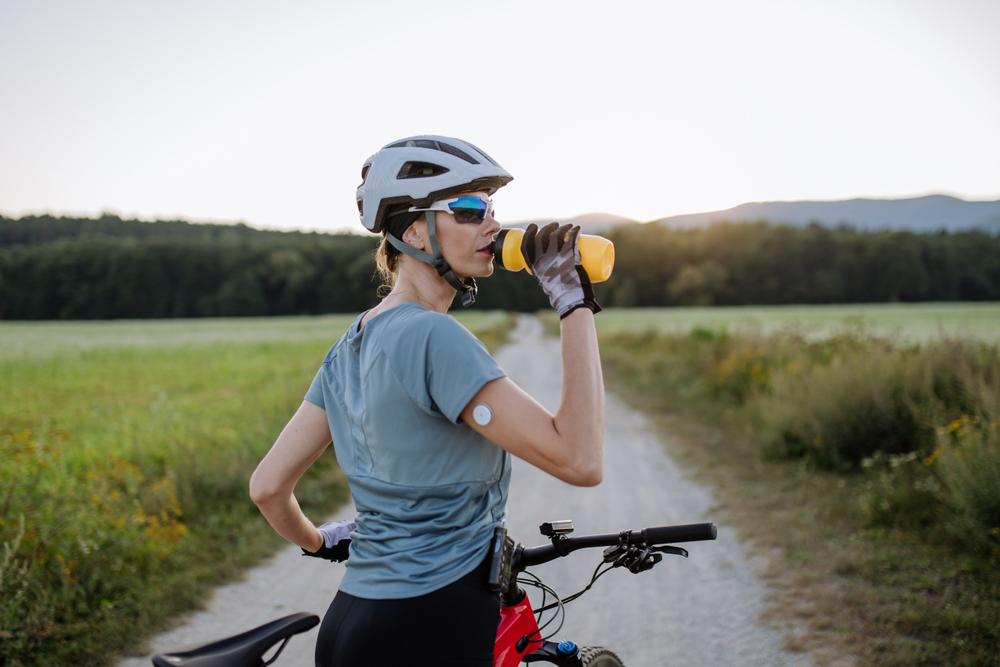 Teaching your young athlete what healthy snacks look like – and ditching that reliance on fast food or ultra-processed snacks – isn’t just important for their athletic endeavors, it also impacts their overall health. For adolescents, research has shown that snacks, even when necessary, tend to detract from overall diet quality. But that doesn’t have to be the case with nutritious, balanced snack options.
Teaching your young athlete what healthy snacks look like – and ditching that reliance on fast food or ultra-processed snacks – isn’t just important for their athletic endeavors, it also impacts their overall health. For adolescents, research has shown that snacks, even when necessary, tend to detract from overall diet quality. But that doesn’t have to be the case with nutritious, balanced snack options.
When it comes to the best type of snack to fuel your athlete for long school days and practices, lead with a protein source and add carbohydrates to create a well-rounded recovery snack. Check out these simple options that you can pack for your athlete to eat before or after practice to fuel and recharge them throughout the day.
Scrambled Egg Rice Bars
For game day or right before a hard practice, topping off your athlete’s carbohydrate stores is key. Using sticky sushi rice, these bars are carb-focused, and by adding scrambled eggs (and some optional mix-ins according to your athlete’s preferences), you can add a small amount of fat and protein for more long-term fuel without impacting digestion. Bonus: Eggs have recently been shown to aid in children’s growth and development.
Ingredients:
- 2 cups sticky rice
- 4 eggs
- Optional: low-sodium soy sauce, chopped shallots, shredded cheese
Directions:
- Use a rice cooker or cook sushi rice on stovetop according to directions
- Scramble eggs in a frying pan, adding in any additions like shallots that need to be sautéed
- Mix eggs, rice, and add-ons together in a big bowl
- Spread evenly about 1-inch thick on a baking sheet covered in wax paper
- Refrigerate
- When cool, cut blocks (around 3×3 inches) and individually wrap
- Keep refrigerated – these should be eaten within three days
Half of a PB+J Sandwich
For a harder practice, like a longer cross-country run or drill-intensive soccer session, a more substantial snack may be required to fuel your athlete through the afternoon.
Elevate the traditional PB&J by swapping peanut butter for almond butter, slicing real strawberries onto the jam to add more real fruit, and choosing a bakery-fresh whole grain bread versus the white stuff. (Most parents opt for white bread thinking kids will reject whole grain, but studies have shown kids are just as happy with whole wheat!)
Making this sandwich with high-quality ingredients provides the right blend of macronutrients for your athlete and is easy to eat quickly.
Ingredients:
- Natural almond butter (look for a label that just lists almonds and salt, with no added sugars)
- Jam (brands like Smuckers now offer honey-sweetened, no-sugar, and reduced-sugar options, opt for one of those over the sugar-packed generic brand)
- Whole wheat bread (fresh from the bakery, or a bread like Rudi’s Sprouted Multigrain Bread, which can be found in the freezer section)
Greek Yogurt with Dried Fruit and Honey
Protein-packed Greek yogurt gives your child the longer-term energy he or she needs, while dried fruit provides faster-burning sugars to kickstart practice time or speed recovery afterwards. Opt for a low or no-fat plain Greek yogurt: while Greek yogurt’s higher fat content isn’t a problem for a breakfast option, it can lead to some gut distress if eaten ahead of practice and it won’t help refuel post-workout. Pick plain yogurt to avoid added sugars and remember that most store-bought flavored yogurts are packed with more sugar than most nutrition guidelines recommend. Adding honey allows you to monitor how sweet the yogurt is, and fresh berries are a better flavor burst.
Ingredients:
- 1 cup plain Greek yogurt (look for 2% fat content for higher protein with fewer harder-to-digest fats)
- 1 cup mixed berries (opt for what’s in season)
- 1-2 tablespoons honey or real maple syrup
Build Your Own Trail Mix
For a longer, less explosive effort, like a long run day for a cross-country runner or an extended practice for a hockey player – trail mix is an easy option for before, during, or after to refuel with a mix of protein, fat, and carbohydrates.
Skip the store-bought sodium and sugar-laden trail mixes in favor of one that you make yourself. This way, you avoid added sodium and even sugars that can end up on roasted nuts (or sneak into ‘mountain trail mix’ in the form of M&Ms!). You can buy items separately in bulk, or you can even consider dehydrating fruits at home. Mix and match some of the trail mix classics and add a few new options for a unique, nutrient-dense mix.
Add more dried fruit for longer endurance efforts or keep the mix 50:50 for when shorter bursts of energy are needed and your athlete will be sitting around waiting for the bell to sound.
Ingredients:
- Almonds – Even a few almonds a day have been shown to improve overall diet quality, possibly thanks to their high fiber, protein, magnesium, and vitamin E content.
- Walnuts – Children who eat nuts are actually less likely to be overweight, studies have shown, and walnuts provide a high dose of the much needed Omega-3 fatty acids often missing in a young person’s diet.
- Dried blueberries – An uncommon addition to trail mix, blueberries boost fiber, vitamins, minerals, fructose, and antioxidants.
- Dried tart cherries – Packed with antioxidants and they have even been linked to increased recovery for athletes.
- Pumpkin seeds – Get a unique blend of protein, fiber, manganese, magnesium, and phosphorus by adding these seeds.
- Banana chips – For a more endurance-based trail mix, banana chips add a hefty dose of carbohydrates.
Hard-Boiled Eggs with Apple Slices or a Banana
For a shorter or easier effort, your athlete may not need a hefty snack, and this simple option provides healthy protein, fat, and carbohydrates without overdoing it. Eggs are an easy option, since each one boasts seven grams of satiating protein plus fats. For carbohydrates, apple slices provide natural sugars in the form of fructose for a little energy boost without overdoing it, or a banana can boost the amount of carbohydrates if you have a hungry athlete.
A Stash of Healthier Quick Options
If you don’t have time to pack homemade options for your young athlete, have a few easy choices on hand for those busy days when dinner is coming soon, but they’re hungry immediately after practice:
- GoGo Squeez Organic Fruit and Vegetable pouches: These 60-calorie pouches are made up of apple, peach, and sweet potato puree, and contain two grams of fiber per serving for a quick carb boost without a cookie.
- Clif Z Bar Protein: Clif’s Z bars are designed to be child-friendly portions at only 130 calories per serving, and the protein-boosted versions add five grams of protein to the whole grain bar.
- Organic Valley 1% Chocolate Milk: Shelf-stable organic milk provides seven grams of protein per serving, while the chocolate brings the carbohydrate count to 20 grams. The 130-calorie serving is a quick-hit for pre or post-practice to tide an athlete over if dinner is happening soon.
_____
Remember to keep these quick and simple healthy snacks readily available for your athlete because if they aren’t provided healthy options, children are more likely to eat unhealthy treats, even if they’re not hungry.



